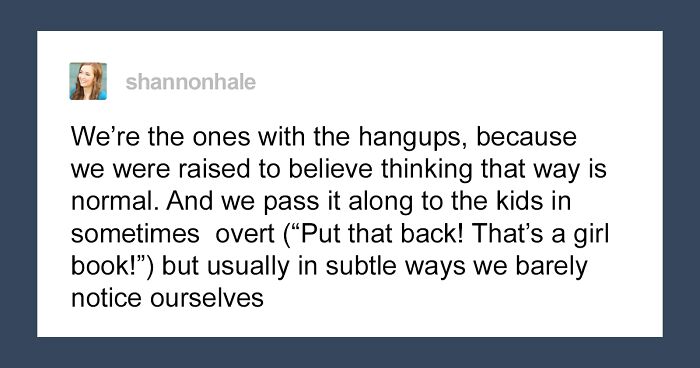
Author Of The “Princess Academy” Illustrates How Adults Instill Misogyny In Little Boys And How It Robs Them Of Amazing Experiences
Shannon Hale is a best-selling author of over thirty books. Her bibliography includes graphic novel memoirs Real Friends, Best Friends, and Friends Forever, and multiple award winners The Goose Girl, Book of a Thousand Days, and Newbery Honor recipient Princess Academy.
During the many, many presentations she has given on her works throughout the years, Hale not only met her readers but also got an understanding of how they view her books and what shapes these opinions in the first place.
More info: shannonhale.com | tumblr | Twitter
Best-selling and award-winning author Shannon Hale has written plenty of wonderful books about girls
Image credits: shannonhale
“[I] found I did in fact have many boy readers — most likely hundreds of thousands of them at this point, but they’d been reading in secret because they were embarrassed,” the author wrote in The Washington Post. “I got better at noticing the myriad ways adults teach boys that they should feel ashamed for taking an interest in a story about a girl, from outright (‘Put that down, that’s a girl book’) to subtle (‘I think you’ll like this book even though it’s about a girl’). There is peer shaming as well, but it starts with and is supported by adults.”
Hale has written numerous texts on this phenomenon but this time let’s take a closer look at one of her tumblr posts that explains it through a real-life example.
But she realized that boys are reading them in secret as they are ashamed
Image credits: amazon
Image credits: carousell
In the before-quoted essay from The Washington Post, Hale said that identifying and addressing this problem is important because this kind of thinking not only prevents boys from learning empathy for girls, it also prescribes narrow gender definitions: there is only one kind of boy, and any boy who doesn’t fit that mold is wrong.
“Stories make us human. We form bonds by swapping personal stories with others, and reading fiction is a deeply immersive exercise in empathy … The bias against boys reading about girls runs so deep, it can feel daunting to try to change it. But change can start with a simple preposition swap: When talking to young readers, we can communicate that a book is about girls without prescribing that it’s for girls,” the author said.
Hale never thought that Disney’s Snow White was a real person. Nor was Disney’s Sleeping Beauty. According to the author, they’re just an idea of a certain kind of femininity. But they don’t feel to her like any girl or woman she knows. So whenever Hale is writing characters, her goal is always to make them feel like real people. And if they do, everyone can relate to them.
People think Hale’s insights are spot-on
I constantly feel that my childhood in the 80ies and 90ies was significantly LESS gendered than the childhood of kids now. We had toys and clothing for just CHILDREN available in addition to gendered stuff, nowadays it's hard even to find a memory game or a colouring book that doesn't come in a pink and a blue version with different prints and images on it. COLOURING BOOKS, for God's sake.
I think it was less gendered in the 1970s and 1980s. I can say that b/c the doctor play kit was a black bag, no matter who got it. Other than Erector sets, it seemed to be fairly well "whoever plays with it plays with it" ---- balls, bats, bikes, whatevers. Now, I can't walk int oa store without it being "GIRLS!" vs "BOYS!" and I'm thinking, "Um.... girls and boys can like same things!"
Load More Replies...For the fourth birthday of my daughter, we threw a party. As we expected not everyone would like unicorns, we themed it "unicorns and dinosaurs" and ordered paper masks. Fast forward: prancing boys and roaring girls. And roaring boys and prancing girls. All united as happy children.
Reminds me of my supervisor telling me about her experience at an interview for a professorship when she was starting out. One of the interviewers said something along the lines of "I notice you research mainly female writers, what are the boys in your lectures going to do?" to which she (with more presence of mind than I will ever have) replied "the same things women in lectures have been doing until now with all make authors". This must have been in the 2000s.
I constantly feel that my childhood in the 80ies and 90ies was significantly LESS gendered than the childhood of kids now. We had toys and clothing for just CHILDREN available in addition to gendered stuff, nowadays it's hard even to find a memory game or a colouring book that doesn't come in a pink and a blue version with different prints and images on it. COLOURING BOOKS, for God's sake.
I think it was less gendered in the 1970s and 1980s. I can say that b/c the doctor play kit was a black bag, no matter who got it. Other than Erector sets, it seemed to be fairly well "whoever plays with it plays with it" ---- balls, bats, bikes, whatevers. Now, I can't walk int oa store without it being "GIRLS!" vs "BOYS!" and I'm thinking, "Um.... girls and boys can like same things!"
Load More Replies...For the fourth birthday of my daughter, we threw a party. As we expected not everyone would like unicorns, we themed it "unicorns and dinosaurs" and ordered paper masks. Fast forward: prancing boys and roaring girls. And roaring boys and prancing girls. All united as happy children.
Reminds me of my supervisor telling me about her experience at an interview for a professorship when she was starting out. One of the interviewers said something along the lines of "I notice you research mainly female writers, what are the boys in your lectures going to do?" to which she (with more presence of mind than I will ever have) replied "the same things women in lectures have been doing until now with all make authors". This must have been in the 2000s.

 Dark Mode
Dark Mode 

 No fees, cancel anytime
No fees, cancel anytime 






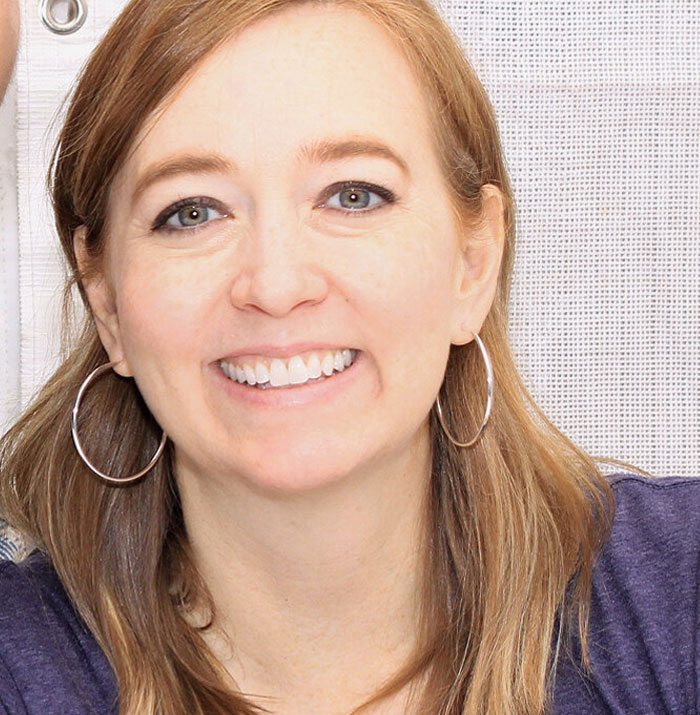
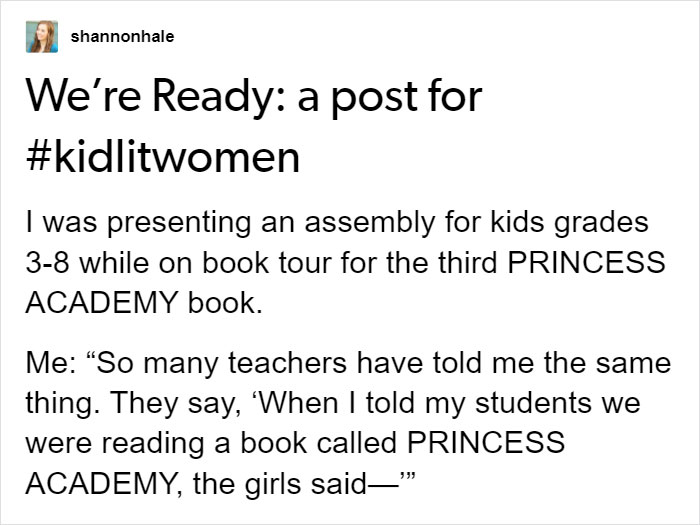
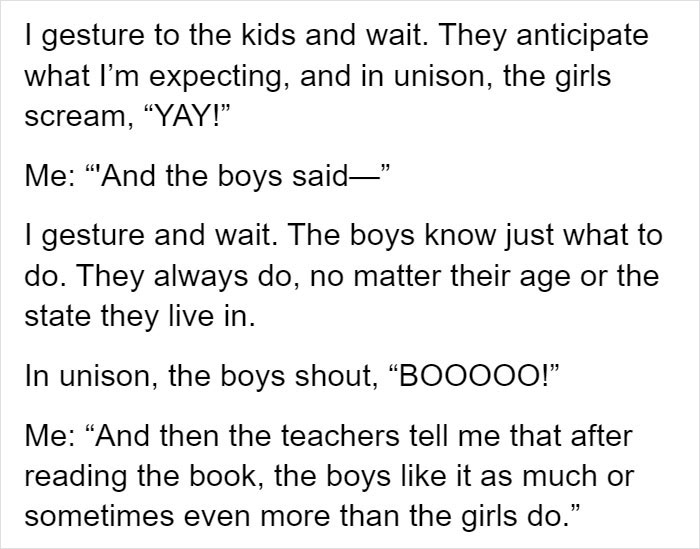
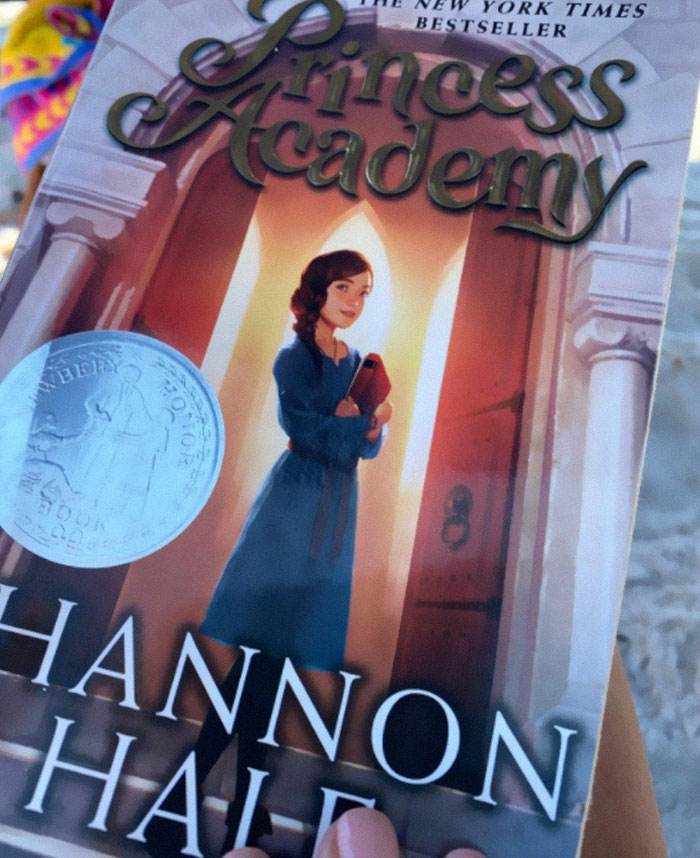
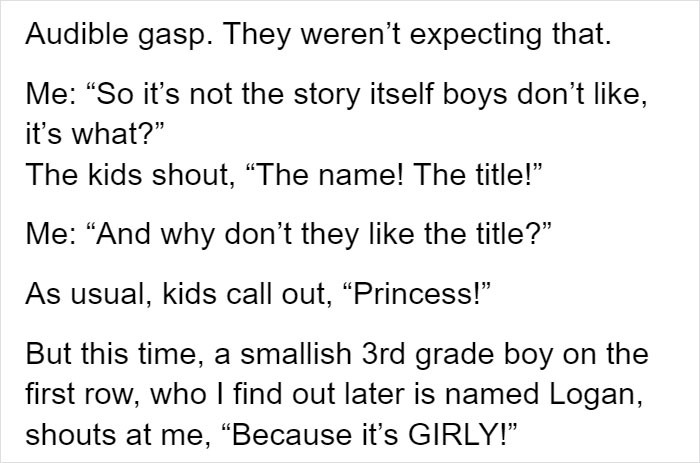
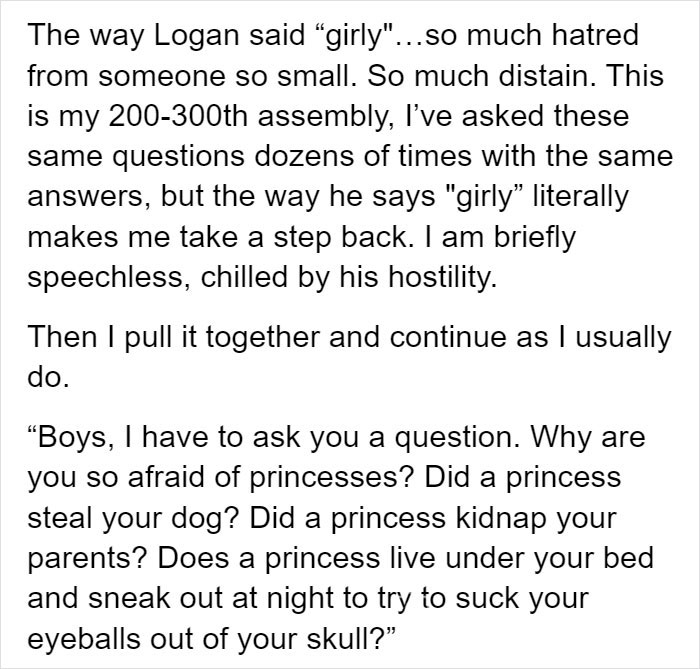
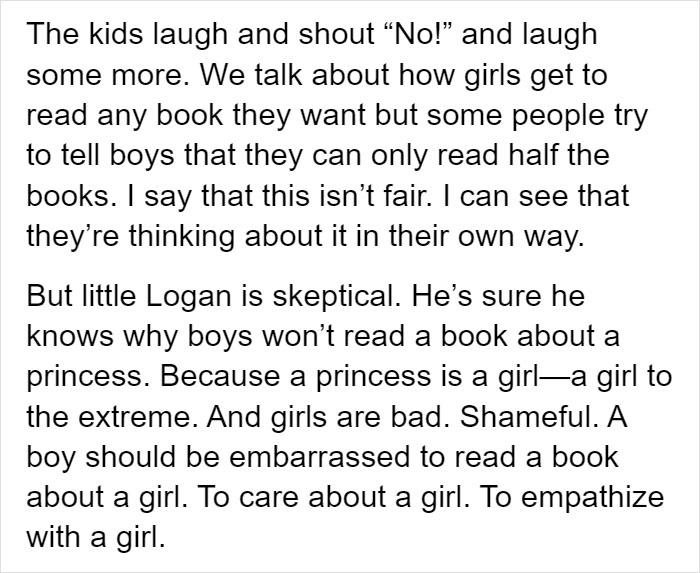
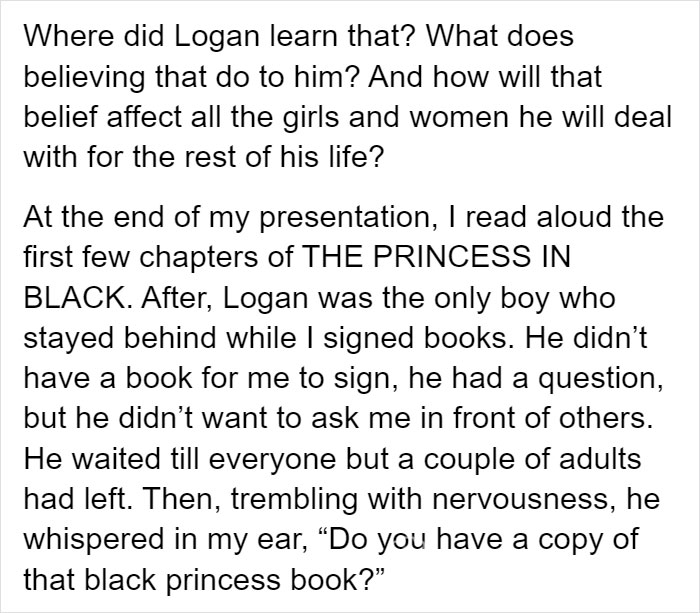
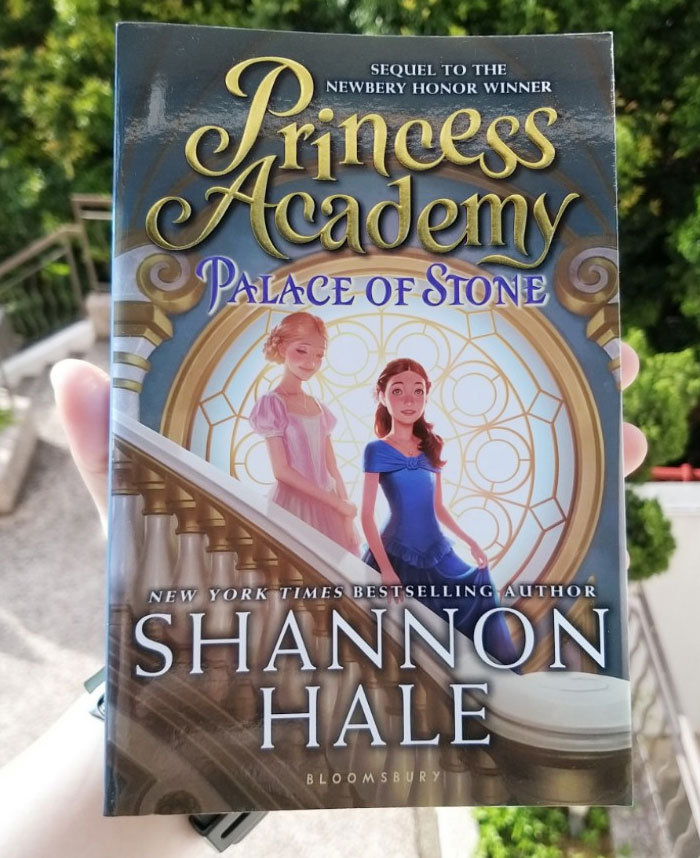
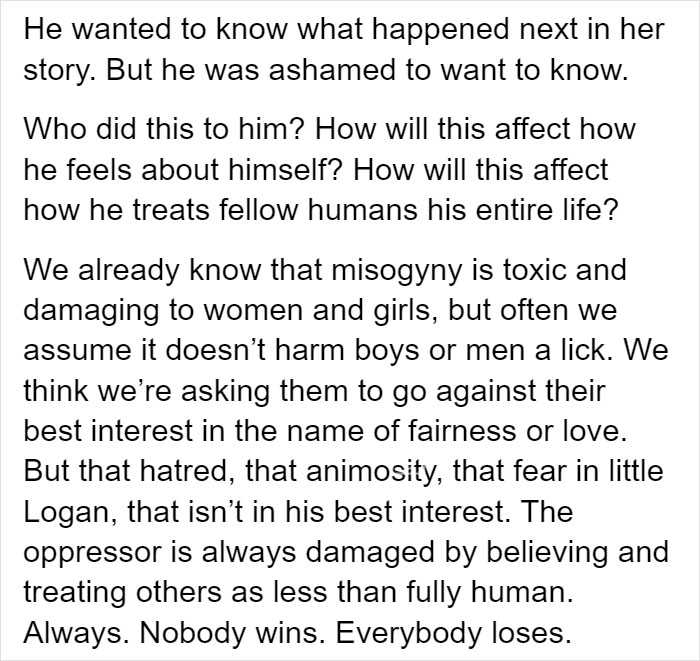
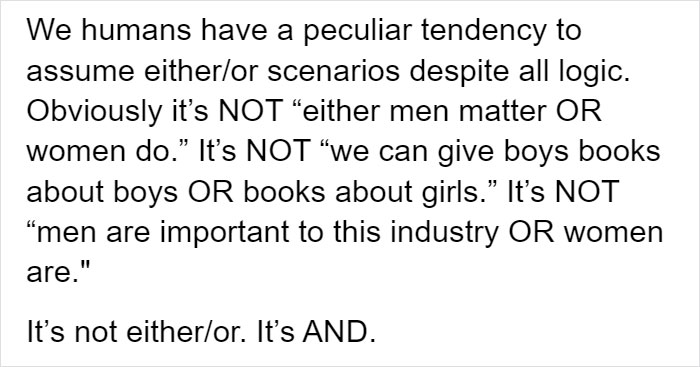
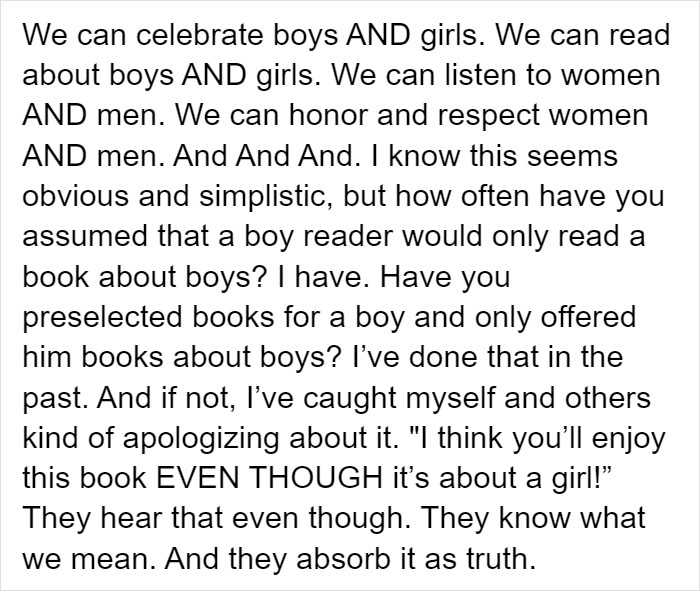
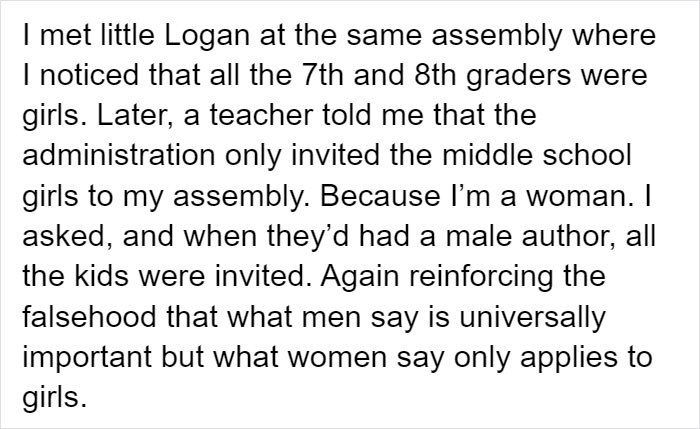
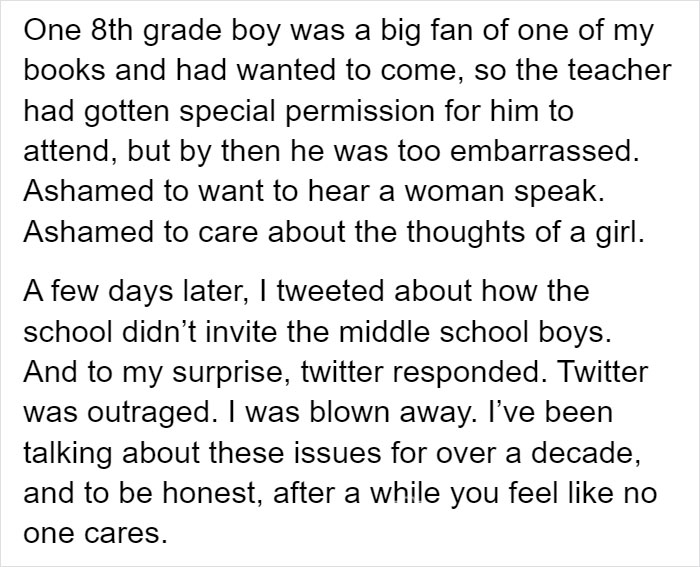

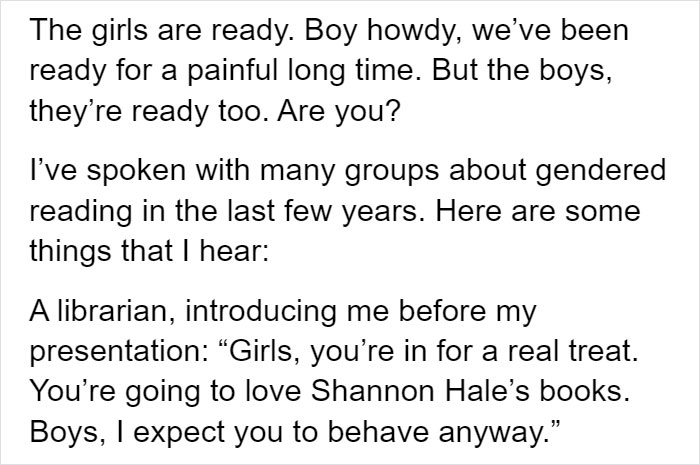
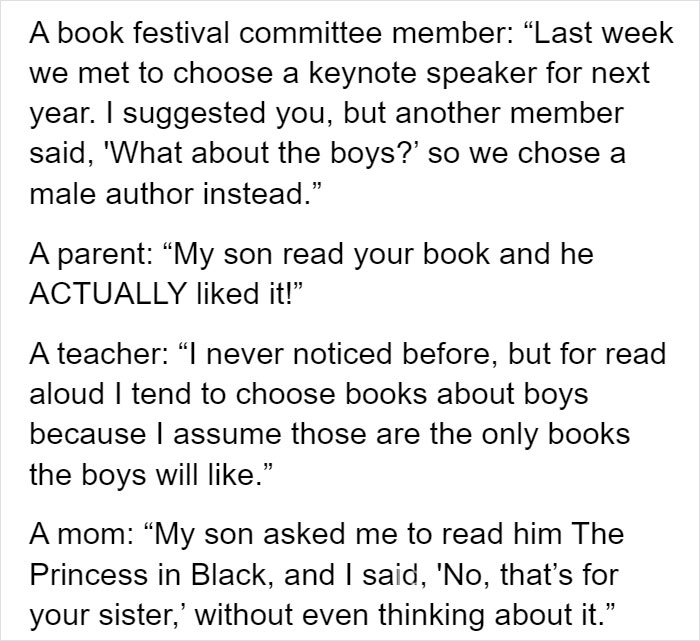
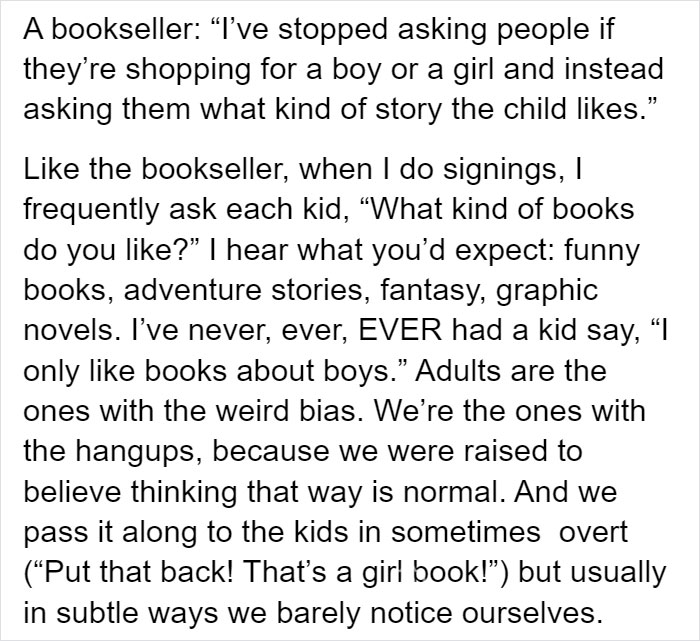
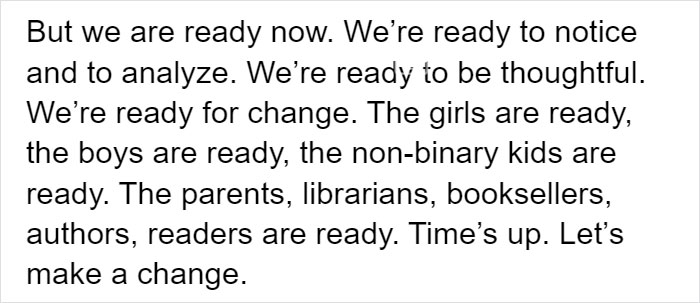
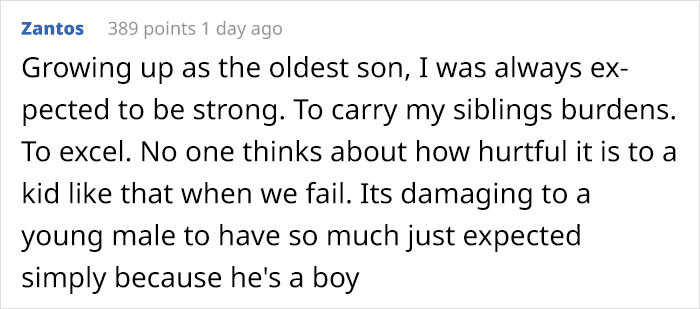
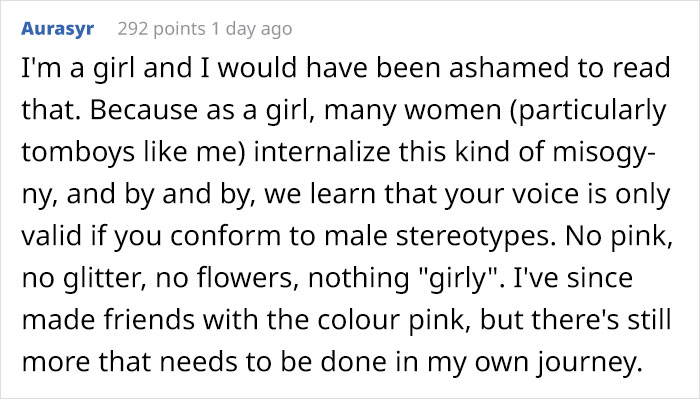

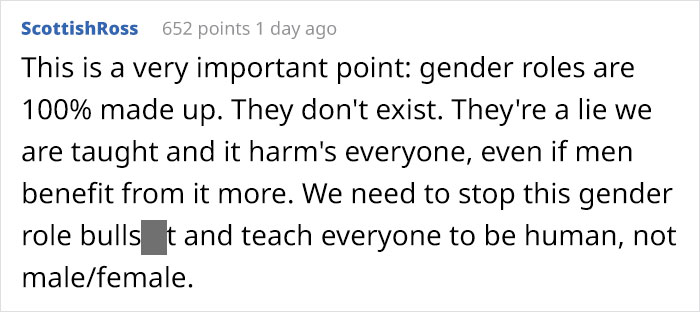
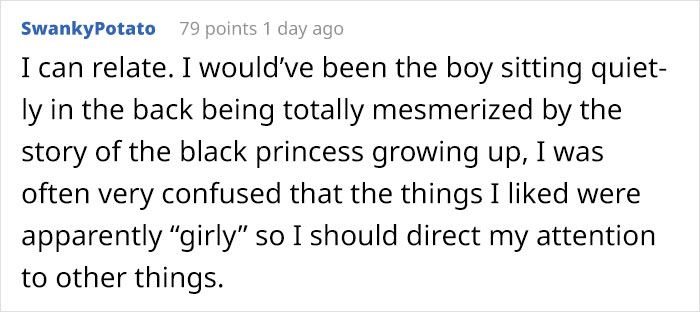
















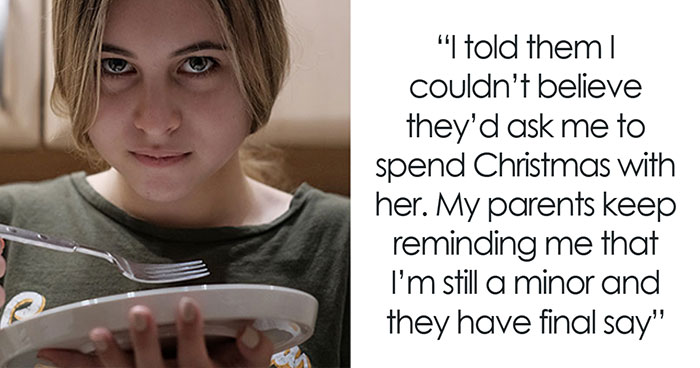






























142
63